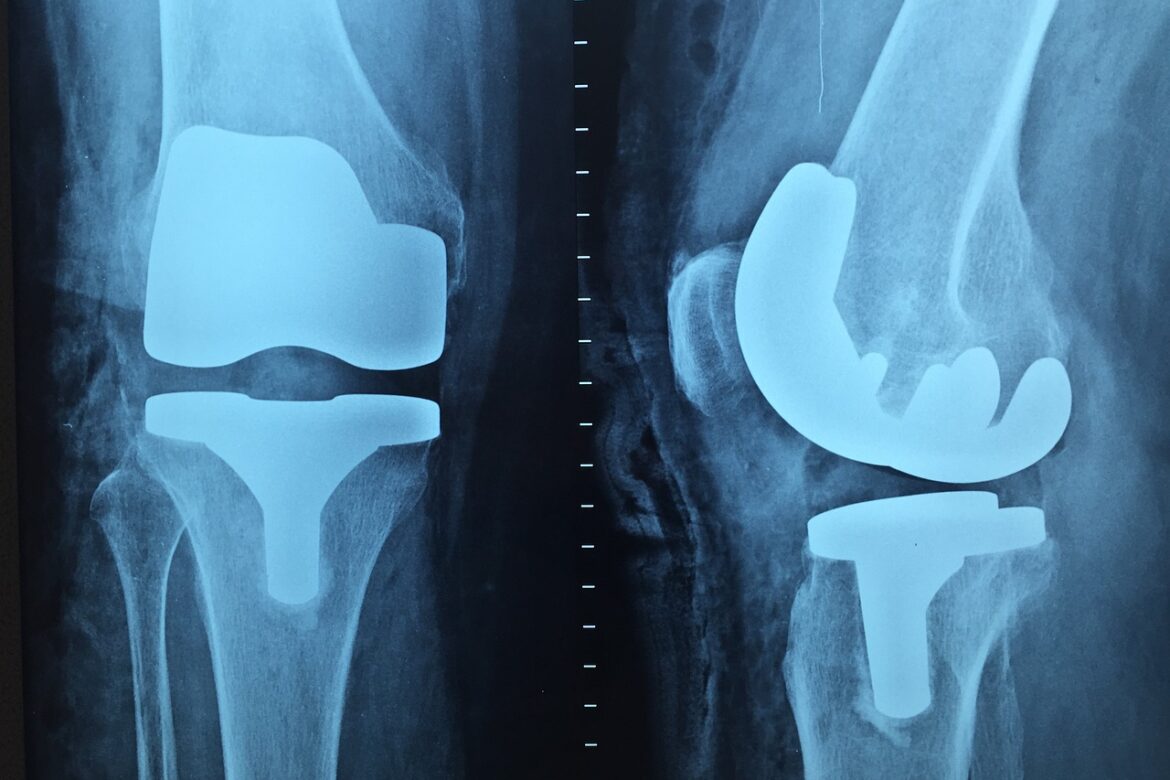Dry Needling and Knee Replacements
Physical rehabilitation after knee replacement surgery (otherwise known as knee arthroplasty) is critical for improving the knee’s functional use, but frequent rehabilitation can be challenging. It is often quite painful and difficult to move the knee, stand, walk, sleep, get up from a chair, use stairs, and perform exercises after surgery. Medications are often used post-surgery for pain management. Still, recently, many individuals are searching for medication alternatives for pain management to avoid potential side effects of medicines and reduce the risk of developing drug dependencies. Dry needling may be an effective alternative to pain medication to reduce pain levels and improve function after knee replacement surgery.
Information on Dry Needling
Dry needling is a procedure used to release myofascial trigger points, commonly called muscle “knots,” which are persistent, irritable contractures of a section of muscle fibers within a muscle. Myofascial trigger points contribute to:
- Range of motion restrictions
- Muscle weakness and dehydration
- Muscle incoordination
- Hypersensitivity of the nervous system
- The body’s pain production process
The dry needling procedure involves momentarily inserting a thin filiform needle into a specific muscle’s myofascial trigger point. Gliding the needle through the trigger point causes an immediate physical and chemical change to the area, which effectively eliminates the localized trigger point, thus reducing pain levels, improving blood flow to the site, and improving the muscle’s ability to contract and relax appropriately.
Trigger Point Release
Trigger points are unfortunately common in individuals whose joints have become arthritic over time. With knee replacement surgery, the natural arthritic knee joint is replaced with an artificial joint; however, muscular restrictions that were present before surgery remain and may even worsen due to swelling, inflammation, and immobility post-surgery. Trigger points related to knee pain post-surgery may be in the hip muscles, the front and back of the thigh, and calf muscles. An essential component of rehabilitation after knee surgery is to improve the muscles of the knee to function appropriately.
The effectiveness of dry needling on knee replacements
Studies comparing patients who had dry needling treatments, combined with an exercise protocol, compared to patients with no dry needling treatments, found significant improvement in pain levels, walking ability, joint range of motion, and overall daily function.
Studies had also found that patients who had dry needling treatments performed to knee muscles even before knee replacement surgery had improved pain levels after surgery compared to patients who did not have dry needling performed before surgery.
Where to find certified dry needling therapists
Suppose you are currently involved in post-knee replacement surgery rehabilitation or are preparing for knee replacement surgery. In that case, you may be a candidate for dry needling treatments to improve your pain levels, function, and overall quality of life. Many of our physical therapists and occupational therapists are trained in performing dry needling procedures as part of a comprehensive treatment plan. Ask your therapist at your next appointment if dry needling may be useful to you!
Resources
Mayoral, O., Salvat, I., Martín, M. T., Martín, S., Santiago, J., Cotarelo, J., & Rodríguez, C. (2013). Efficacy of Myofascial Trigger Point Dry Needling in the Prevention of Pain after Total Knee Arthroplasty: A Randomized, Double-Blinded, Placebo-Controlled Trial. Evidence-Based Complementary and Alternative Medicine, 2013, 1-8. doi:10.1155/2013/694941
Núñez-Cortés, R., Cruz-Montecinos, C., Vásquez-Rosel, Á, Paredes-Molina, O., & Cuesta-Vargas, A. (2017). Dry Needling Combined With Physical Therapy in Patients With Chronic Postsurgical Pain Following Total Knee Arthroplasty: A Case Series. Journal of Orthopaedic & Sports Physical Therapy, 47(3), 209-216. doi:10.2519/jospt.2017.7089


Great Post!! I have read your blog, it’s very informative. I am so impressed to read this blog. Thanks for sharing. More info https://njwholehealth.com/